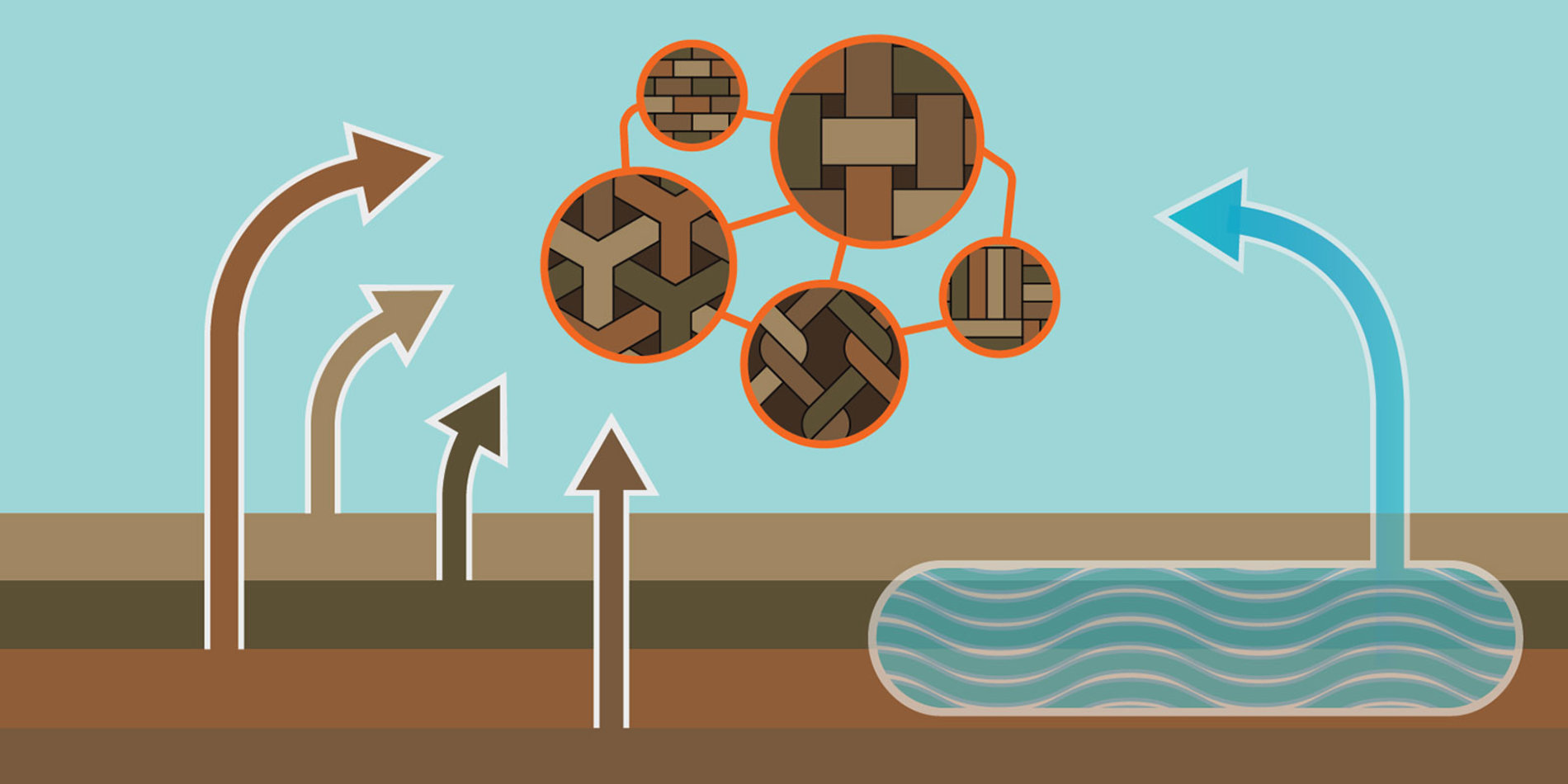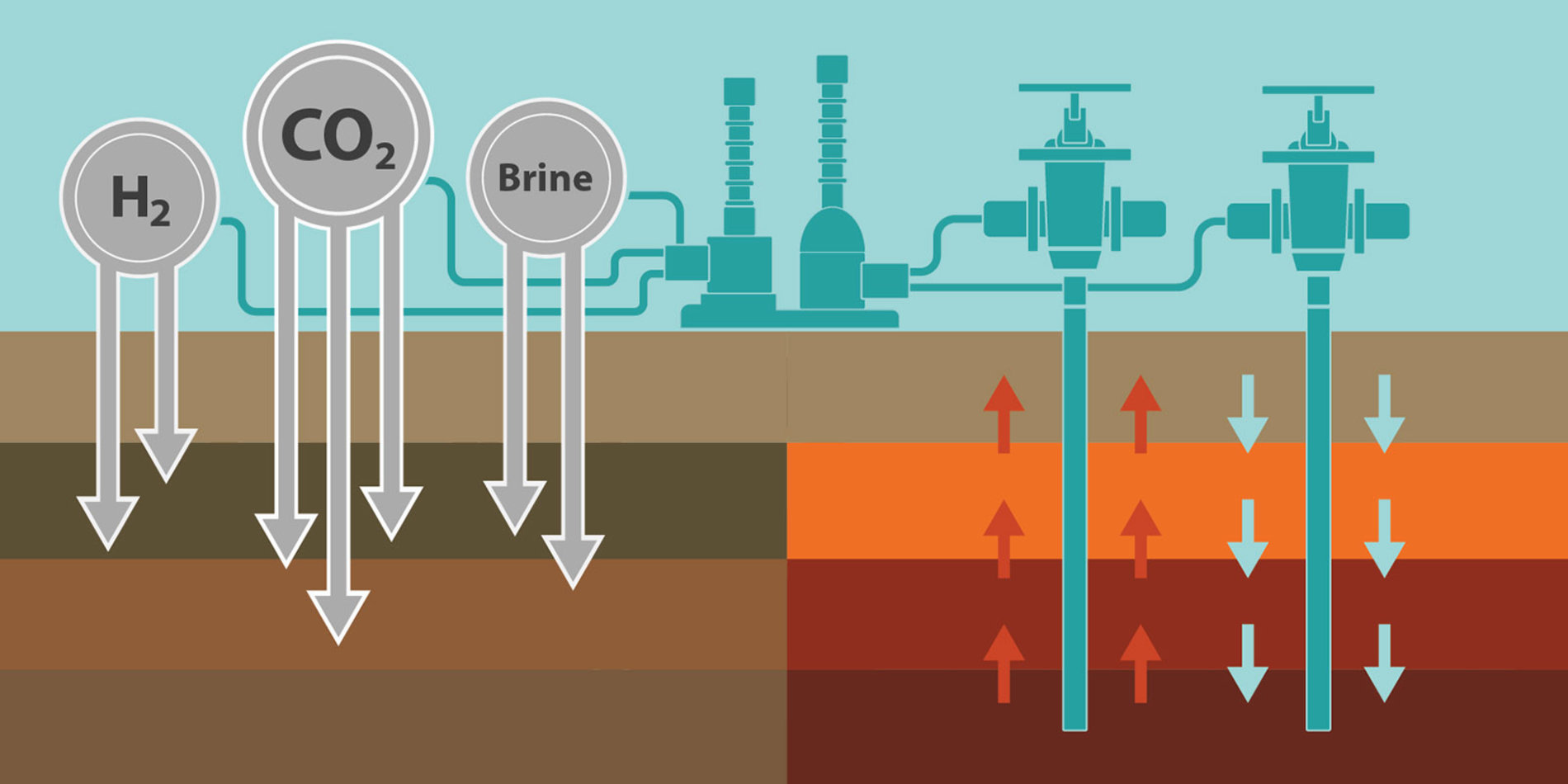Research

Earth Processes and Rock Properties
Studying rock physics and chemistry is foundational to our understanding of Earth — the materials from which it is made, the structure-derived properties, and the processes that continuously cycle energy and matter through the different Earth's environments. Our research focuses on studying the response of rock properties to processes within the Earth’s crust. Processes include chemical, mechanical, and thermal stimuli created in the laboratory, and serve the purpose of mimicking the solid-fluid interactions that continuously drive the evolution of our Planet.

Geomimicry
How does Earth do chemistry? And how does Earth's chemistry do mechanics? These questions have become of fundamental importance to engineering processes that take advantage of Earth’s making capabilities and the structures it creates to produce more sustainable materials. Reactions underground use environmentally benign rock materials and a solvent like water, which is very powerful especially under hydrothermal temperatures. We are studying rock micro- and nanostructures and processes to make the most out of Earth's resources and functions, and sustainably advance us as civilization.


